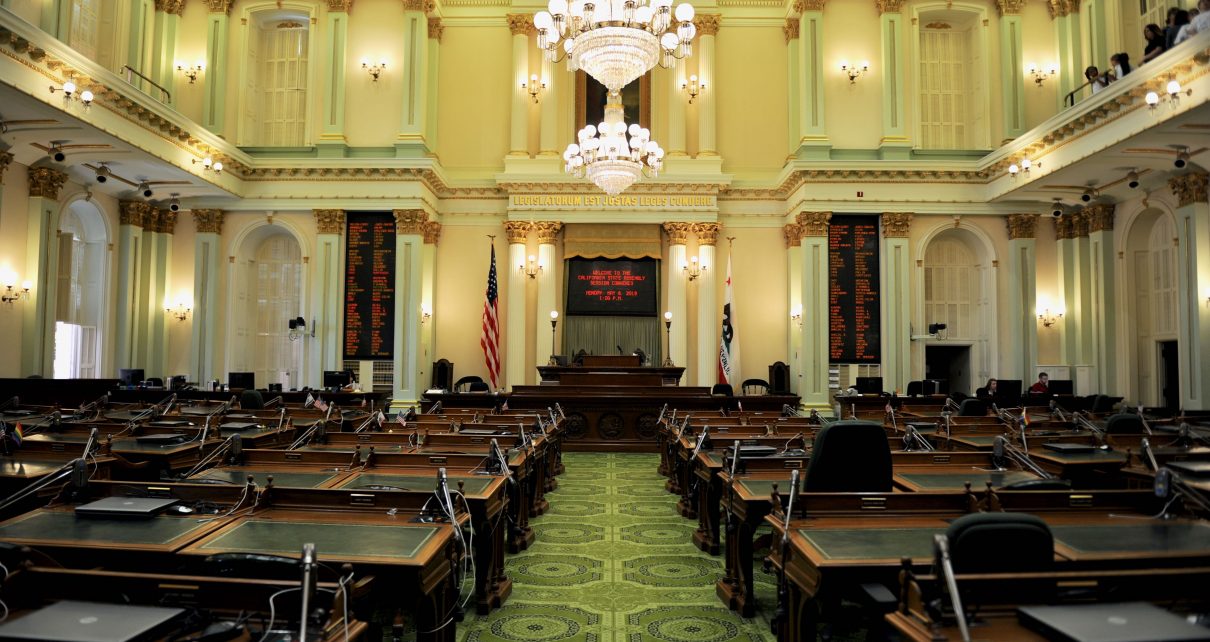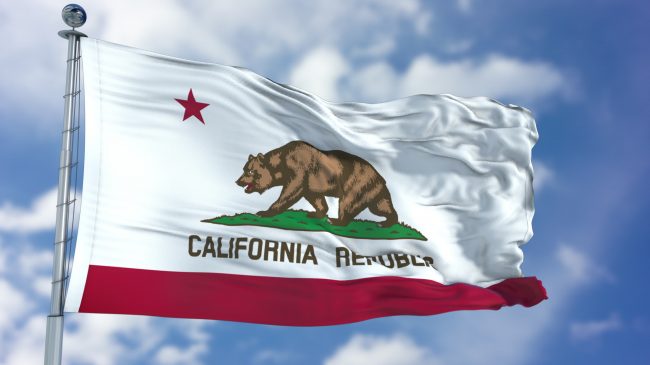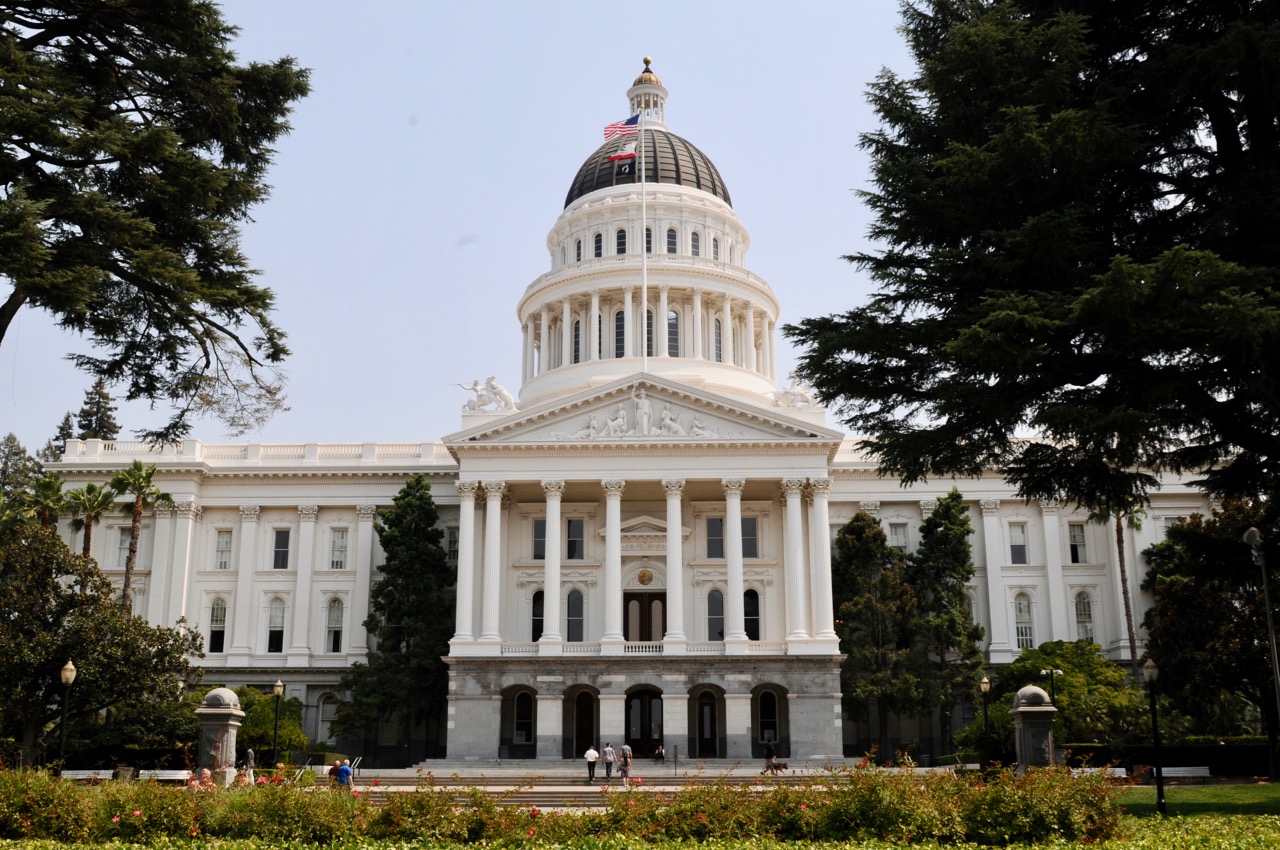
California Assembly Chambers. (Photo: Kevin Sanders for California Globe)
Overview of California’s Budget Process
The budget is over 1,300 pages in length and contains the details of the Governor’s proposed budget spending
By Chris Micheli, January 12, 2020 7:44 am
The state budget process on paper is similar to the legislative process; however, it can be different in practical terms. The full budget committees of the Senate and Assembly act mostly as the final arbiter of their respective houses when it comes to finalizing the actions of their subcommittees.
Parts of the Budget
The following are the main parts of the California state budget:
Budget Bill — This contains the appropriations and “Budget Bill Language”. Note that only a Budget Bill can contain multiple appropriations. It requires a majority vote for passage and the bill takes effect immediately.
“Budget Bill Jr.” — This is the bill that amends the main Budget Bill.
Trailer Bill — This bill makes the statutory changes needed to implement the budget. It is the same as any other bill, but it takes effect immediately with a majority vote if it contains an appropriation related to the budget bill and is listed as a “trailer bill” in the budget bill.
Supplemental Report — This is a separate report that requests specific actions from state agencies and departments. It does not have the force of law.
Timing
Keep in mind the following three dates:
- January 10 – Constitutional Requirement for Governor to propose the budget.
- June 15 – Constitutional Requirement for Legislature to pass the budget.
- July 1 – Fiscal Year begins.
The Assembly Budget Committee and the Senate Budget and Fiscal Review Committee are charged with adopting the state budget and the respective trailer bills. Once the Governor’s budget proposal is released by January 10, both budget committees’ staff prepare a summary overview of the Governor’s budget; a similar document is prepared by the Legislative Analyst Office (LAO).
In early March, the Assembly and Senate subcommittees begin holding hearings and taking testimony from the Department of Finance (DOF), LAO, respective state agencies and departments, and members of the public. This is a critical time to advocate for your client’s position on specific budget requests. Most of the work on the budget occurs at the subcommittee level.
Prior to these hearings, the budget committee staff members examine the budget proposals and prepare agendas that include an explanation of the Governor’s budget proposals and the staff’s recommendations whether to accept, modify, hold open, or reject the budget proposals. Sometimes the Governor’s budget proposals are “held open” for further discussions. The minority party staff prepare similar information for their members.
By the time the Governor’s May Revise of the budget is released in mid-May, after April tax receipts are known, the subcommittees must conclude their deliberations within two weeks or so. As such, it is hard for the public to have much more input unless there is an entirely new budget proposal. As a result, it is important that communication be done early in the budget process.
Reconciling Differences
Differences between the actions of the Assembly and Senate are usually handled by a 2-house conference committee. The procedural requirements have sometimes been waived due to time constraints for establishing the budget conference committee. The Assembly and Senate rotate the chairmanship of the conference committee each year.
This process is supposed to address the differences between the versions of the budget adopted by the Senate and Assembly. While the conference committee is open to the public and usually broadcast on California Channel, usually there is no public testimony taken. Instead, advocates rely upon budget conferees to advocate for a position adopted by one house.
The three Assembly Members and three Senators (4 Democrats and 2 Republicans) hear from the DOF and the LAO, and deliberate among themselves. The conference committee will sometimes make changes known as “conference compromises.” After that, they will finalize the remaining items and close-out the budget.
Thereafter, both houses will vote on the conference report and they will pass budget trailer bills. Again, once the budget is on the floor, there is little opportunity to make changes. Sometimes there will be an opportunity to modify policy language contained in a trailer bill, or some budget line items are modified in a “budget junior” bill.
Preparing the Budget
State departments must submit their budget proposals to their respective agencies, who in turn submit their proposals to the Department of Finance. This occurs in the early fall. After the DOF makes its recommendations, the Governor and his staff will make final determinations in consultation with DOF in time for release of the Governor’s budget by the January 10 deadline.
The Governor’s budget is on the DOF website under the E-BUDGET tab. The budget is over 1,300 pages in length and contains the details of the Governor’s proposed budget spending for the upcoming fiscal year. Each budget item is assigned a 10-digit code and includes the state department, purpose and funding source.
The legislative budget subcommittees (which are known by numbers in both the Assembly and Senate) have the following subject matter jurisdictions:
- Education (Senate Subcmte #1 and Assembly Subcmte #2)
- Resources, Environment, and Transportation (Senate Subcmte #2 and Assembly Subcmte #3)
- Health and Human Services (Senate Subcmte #3 and Assembly Subcmte #1)
- State Government (Senate Subcmte #4 and Assembly Subcmte #4)
- Public Safety and Judiciary (Senate Subcmte #5 and Assembly Subcmte #5)
Budget Phrases
State agencies submit “budget change proposals”, often referred to as BCPs, which contain proposed expenditures and budget changes to existing levels of service that are used to prepare the Governor’s budget. These BCPs can be reviewed on the DOF website.
This is distinguished from a “deficiency” request wherein an agency or department has an unanticipated increase in its costs (regardless of reason) that exceed the funding that was appropriated for the agency or department in the state budget. In these cases, the agency or department will request a deficiency appropriation in separate legislation.
Budget control language (BCL) is language contained in the budget bill that provides conditions on the use of a specific appropriation contained in the budget.
There are also “Finance Letters” which are proposals made by the Director of Finance to the chairs of the budget committees in each house to amend the Budget Bill and the Governor’s Budget from the form submitted by January 10 in order to reflect a revised plan of expenditure.
Budget Phases
The following slides describe the six distinct phases of the budget process:
-
- Phase 1: Study Phase (November – February)
- Phase 2: Public Participation/Listening Phase (March – Mid-May)
- Phase 3: Action Phase (Mid-May to End of May)
- Phase 4: Negotiation Phase (June 1 to June 10)
- Phase 5: Vote and Signing Phase (June 15 – June 27)
- Phase 6: Follow-up and Clean-up Phase (July – September)
- Should Interpretive Guidance Be Included in California Legislation? - April 28, 2024
- Legislative Intent Does Not Equate to a Mandate - April 27, 2024
- Frequently Asked Questions about State Agency Ethics Training - April 26, 2024




